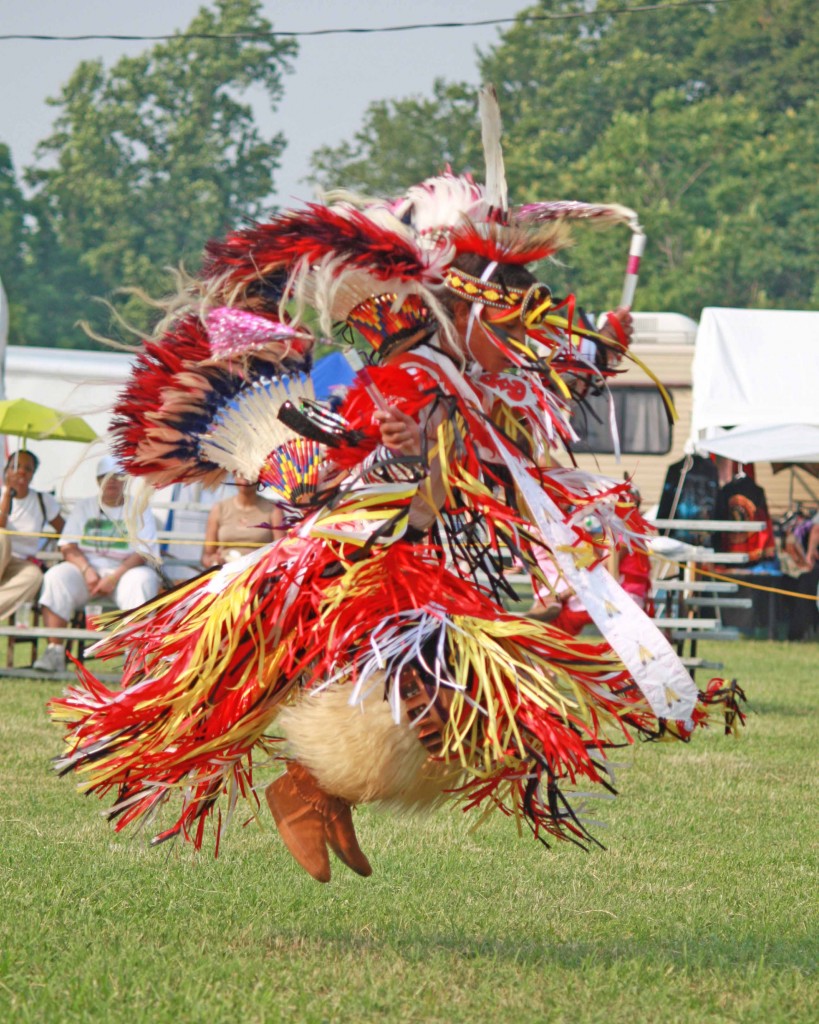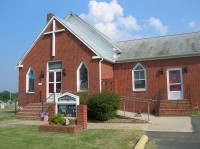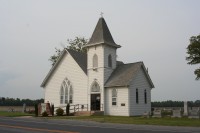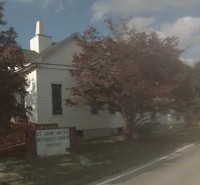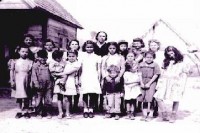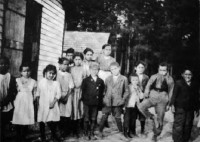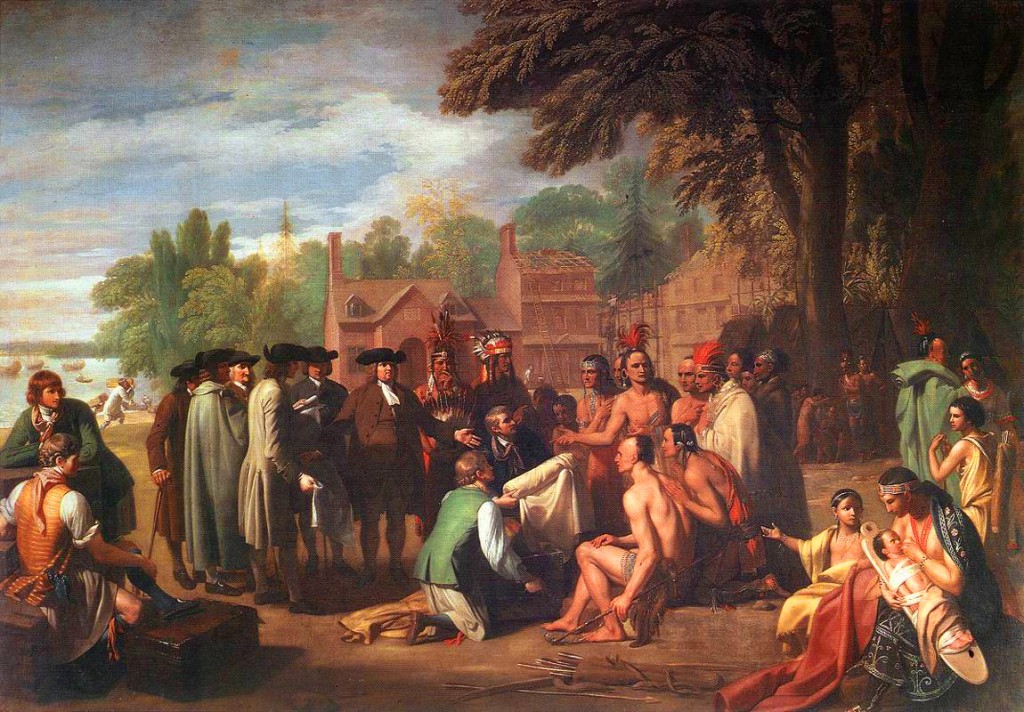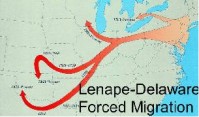Shackamaxon
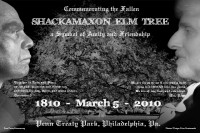 In the fall of 1682, under the branches of a mighty elm tree that grew along the Delaware River, the chiefs of the Lenape (represented by their spokesman Chief Tamanend) met with William Penn. A Treaty of Friendship was made between.
In the fall of 1682, under the branches of a mighty elm tree that grew along the Delaware River, the chiefs of the Lenape (represented by their spokesman Chief Tamanend) met with William Penn. A Treaty of Friendship was made between.
On March 4-6, 2010 the Penn Treaty Museum, an online museum, in partnership with the Nanticoke Lenni-Lenape Tribal Nation and members of the Religious Society of Friends, came together in Philadelphia to commemorate the principles of fairness, peace and social justice symbolized by the Treaty Tree.
The Great Elm stood majestically at Shackamaxon, a sacred gathering place for our people. It was a living reminder of the hope of “living as one flesh and one blood . . . as long as the creeks and rivers run and the sun, moon and stars endure.” On March 5, 1810, the Treaty Tree fell in a storm and became a national story printed in newspapers of the time. Two hundred years later, using spoken word and American Indian dancing and drumming, the story was told of how a simple act of friendship under the canopy of the Great Elm, sealed with a wampum belt, represented the best of our human spirit.
At the Penn Treaty Museum sponsored events, The Chiefs of the Nanticoke Lenni-Lenape Tribal Nation and the Lenape Indian Tribe of Delaware were joined by dignitaries from the Philadelphia Yearly Meeting of the Religious Society of Friends, the regional vice-president of the National Congress of American Indians, and Lenape/Delaware people.
Dr. Gregory Schaaf of the Center for Indigenous Arts and Culture in Santa Fe, New Mexico, was a keynote speaker and presented on the significance of wampum belts and peace trees, with a special focus on the 1682 Treaty of Friendship that paved the way for the founding of Pennsylvania. The Atwater-Kent Musuem loaned the original belt given by Chief Tamanend to William Penn the Historical Society of Pennsylvania for display during the celebration.
Gregory Schaaf, Ph.D, Director of the Center for Indigenous Arts and Culture in Santa Fe, New Mexico, will discuss the significance of wampum belts and peace trees, with a special focus on the 1682 Treaty of Friendship that paved the way for the founding of Pennsylvania.

